-
EXECUTIVE SUMMARY
-
GLOBAL SECONDARY PAPER &
-
PAPERBOARD LUXURY PACKAGING MARKET, BY END-USER
-
MARKET INTRODUCTION
-
DEFINITION
-
SCOPE OF THE STUDY
-
RESEARCH OBJECTIVE
-
MARKET
-
STRUCTURE
-
RESEARCH METHODOLOGY
-
RESEARCH PROCESS
-
PRIMARY
-
RESEARCH
-
SECONDARY RESEARCH
-
MARKET SIZE ESTIMATION
-
FORECAST
-
MODEL
-
LIST OF ASSUMPTIONS
-
MARKET DYNAMICS
-
INTRODUCTION
-
DRIVERS
- GROWING USE OF SUSTAINABLE AND BIO-DEGRADABLE PACKAGING
- RAPID TECHNOLOGICAL ADVANCEMENTS
- INCREASING DEMAND FROM E-COMMERCE
-
PLATFORMS
-
RESTRAINTS
- RISING CONCERNS OVER CARBON EMISSIONS DURING
- CHANGING CONSUMER DEMANDS
-
MANUFACTURING
-
OPPORTUNITY
-
RISE IN INDIVIDUAL SPENDING CAPACITIES
-
IMPACT OF COVID-19
- COVID-19
- IMPACT
- IMPACT ON SECONDARY PAPER & PAPERBOARD LUXURY
-
IMPACT ON THE PACKAGING INDUSTRY
-
ON SUPPLY CHAIN OF SECONDARY PAPER & PAPERBOARD LUXURY PACKAGING
-
PRICE VARIATION OF KEY RAW MATERIAL
-
IMPACT ON IMPORT/EXPORT
-
PACKAGING MARKET
-
SENTIMENTS
-
IMPACT DUE TO RESTRICTION/LOCKDOWNS
-
CONSUMER
-
IMPACT ON PRICING
-
MARKET FACTOR ANALYSIS
-
SUPPLY
-
CHAIN ANALYSIS
-
THREAT OF SUBSTITUTES
-
OF RIVALRY
-
RAW MATERIAL SUPPLIERS
-
PRODUCT MANUFACTURERS
-
DISTRIBUTORS
-
END USERS
-
PORTER’S FIVE FORCES MODEL
- THREAT OF NEW ENTRANTS
- BARGAINING POWER OF SUPPLIERS
- BARGAINING POWER OF BUYERS
- INTENSITY
-
PRODUCTION BASE SHIFTING FROM CHINA: OVERVIEW
- OVERVIEW
-
GLOBAL SECONDARY LUXURY PACKAGING MARKET, BY MATERIAL
-
OVERVIEW
-
PAPER & PAPERBOARD
-
PLASTIC
-
METAL
-
GLOBAL SECONDARY PAPER
-
& PAPERBOARD LUXURY PACKAGING MARKET, BY END-USER
-
OVERVIEW
-
FOOD & BEVERAGES
-
CONFECTIONERY
-
PERSONAL CARE & COSMETICS
-
WINES & SPIRITS
-
FASHION
-
OTHERS
-
GLOBAL SECONDARY
-
PAPER & PAPERBOARD LUXURY PACKAGING MARKET, BY REGION
-
OVERVIEW
-
GLOBAL SECONDARY PAPER & PAPERBOARD LUXURY PACKAGING MARKET, BY REGION, 2023-2032
-
ASIA-PACIFIC
-
US
-
EUROPE
- EUROPE: SECONDARY PAPER
-
& PAPERBOARD LUXURY PACKAGING MARKET, BY COUNTRY, 2023-2032
-
GERMANY
-
UK
-
FRANCE
-
ITALY
-
SPAIN
-
RUSSIA
-
NETHERLANDS
-
REST OF EUROPE
-
SOUTH AMERICA
-
UAE
-
COMPETITIVE LANDSCAPE
-
INTRODUCTION
-
COMPETITIVE BENCHMARKING
-
MARKET SHARE ANALYSIS
-
KEY DEVELOPMENTS AND GROWTH STRATEGIES
- PRODUCT DEVELOPMENTS
-
ACQUISITIONS
-
COMPANY PROFILES
-
AMCOR LIMITED
-
PRODUCTS OFFERED
-
KEY STRATEGIES
-
FINANCIAL OVERVIEW
-
KEY STRATEGIES
-
OVERVIEW
-
ANALYSIS
-
OVERVIEW
-
KEY DEVELOPMENTS
-
OVERVIEW
-
STRATEGIES
-
-
COMPANY OVERVIEW
-
FINANCIAL OVERVIEW
-
KEY DEVELOPMENTS
-
SWOT ANALYSIS
-
HH DELUXE PACKAGING
- COMPANY OVERVIEW
- PRODUCTS OFFERED
- SWOT ANALYSIS
-
DS SMITH PLC
- COMPANY OVERVIEW
- FINANCIAL
- PRODUCTS OFFERED
- KEY DEVELOPMENTS
- SWOT
- KEY STRATEGIES
-
MW CREATIVE LTD
- COMPANY
- FINANCIAL OVERVIEW
- PRODUCTS OFFERED
- KEY STRATEGIES
-
WINTER & COMPANY AG
- COMPANY OVERVIEW
- FINANCIAL OVERVIEW
- PRODUCTS OFFERED
- KEY DEVELOPMENTS
- KEY STRATEGIES
-
PROGRESS PACKAGING
- COMPANY OVERVIEW
- FINANCIAL OVERVIEW
- PRODUCTS OFFERED
- KEY DEVELOPMENTS
- SWOT ANALYSIS
- KEY STRATEGIES
-
LUCAS LUXURY PACKAGING
- COMPANY OVERVIEW
- FINANCIAL
- PRODUCTS OFFERED
- KEY DEVELOPMENTS
- KEY
-
CLP PACKAGING SOLUTION INC.
- COMPANY OVERVIEW
- FINANCIAL OVERVIEW
- PRODUCTS OFFERED
- KEY DEVELOPMENTS
- KEY STRATEGIES
-
LIST OF TABLES
-
LIST
-
OF ASSUMPTIONS
-
GLOBAL SECONDARY LUXURY PACKAGING MARKET, BY MATERIAL,
-
GLOBAL SECONDARY PAPER & PAPERBOARD LUXURY
-
PACKAGING MARKET, BY END-USER, 2023-2032 (USD MILLION)
-
GLOBAL SECONDARY
-
PAPER & PAPERBOARD LUXURY PACKAGING MARKET, BY REGION, 2023-2032 (USD MILLION)
-
ASIA-PACIFIC SECONDARY PAPER & PAPERBOARD LUXURY PACKAGING MARKET,
-
BY END-USER, 2023-2032 (USD MILLION)
-
US SECONDARY PAPER & PAPERBOARD
-
LUXURY PACKAGING MARKET, BY END-USER, 2023-2032 (USD MILLION)
-
EUROPE:
-
SECONDARY PAPER & PAPERBOARD LUXURY PACKAGING MARKET, BY COUNTRY, 2023-2032
-
(USD MILLION)
-
EUROPE SECONDARY PAPER & PAPERBOARD LUXURY PACKAGING
-
MARKET, BY END-USER, 2023-2032 (USD MILLION)
-
GERMANY SECONDARY PAPER
-
& PAPERBOARD LUXURY PACKAGING MARKET, BY END-USER, 2023-2032 (USD MILLION)
-
UK SECONDARY PAPER & PAPERBOARD LUXURY PACKAGING MARKET, BY END-USER,
-
FRANCE SECONDARY PAPER & PAPERBOARD LUXURY
-
PACKAGING MARKET, BY END-USER, 2023-2032 (USD MILLION)
-
ITALY SECONDARY
-
PAPER & PAPERBOARD LUXURY PACKAGING MARKET, BY END-USER, 2023-2032 (USD MILLION)
-
SPAIN SECONDARY PAPER & PAPERBOARD LUXURY PACKAGING MARKET, BY END-USER,
-
RUSSIA SECONDARY PAPER & PAPERBOARD LUXURY
-
PACKAGING MARKET, BY END-USER, 2023-2032 (USD MILLION)
-
NETHERLANDS
-
SECONDARY PAPER & PAPERBOARD LUXURY PACKAGING MARKET, BY END-USER, 2023-2032
-
(USD MILLION)
-
REST OF EUROPE SECONDARY PAPER & PAPERBOARD LUXURY
-
PACKAGING MARKET, BY END-USER, 2023-2032 (USD MILLION)
-
SOUTH AMERICA
-
SECONDARY PAPER & PAPERBOARD LUXURY PACKAGING MARKET, BY END-USER, 2023-2032
-
(USD MILLION)
-
UAE SECONDARY PAPER & PAPERBOARD LUXURY PACKAGING
-
MARKET, BY END-USER, 2023-2032 (USD MILLION)
-
THE MOST ACTIVE PLAYER
-
IN THE GLOBAL SECONDARY PAPER & PAPERBOARD LUXURY PACKAGING MARKET
-
TABLE
-
ACQUISITIONS
-
PRODUCT DEVELOPMENTS
-
AMCOR LIMITED:
-
PRODUCTS OFFERED
-
AMCOR LIMITED: KEY DEVELOPMENTS
-
HH
-
DELUXE PACKAGING: PRODUCTS OFFERED
-
DS SMITH PLC: PRODUCTS OFFERED
-
DS SMITH PLC: KEY DEVELOPMENTS
-
MW CREATIVE LTD: PRODUCTS
-
OFFERED
-
MW CREATIVE LTD: KEY DEVELOPMENTS
-
WINTER &
-
COMPANY AG: PRODUCTS OFFERED
-
WINTER & COMPANY AG: KEY DEVELOPMENTS
-
PROGRESS PACKAGING: PRODUCTS OFFERED
-
PROGRESS PACKAGING:
-
KEY DEVELOPMENTS
-
LUCAS LUXURY PACKAGING: PRODUCTS OFFERED
-
TABLE
-
LUCAS LUXURY PACKAGING: KEY DEVELOPMENTS
-
CLP PACKAGING SOLUTION
-
INC.: PRODUCTS OFFERED
-
CLP PACKAGING SOLUTION INC.: KEY DEVELOPMENTS
-
-
LIST OF FIGURES
-
MARKET SYNOPSIS
-
GLOBAL
-
SECONDARY PAPER & PAPERBOARD LUXURY PACKAGING MARKET ANALYSIS, BY END-USER
-
GLOBAL SECONDARY PAPER & PAPERBOARD LUXURY PACKAGING MARKET: STRUCTURE
-
RESEARCH PROCESS
-
TOP-DOWN & BOTTOM-UP APPROACH
-
FIGURE
-
DRO ANALYSIS: GLOBAL SECONDARY PAPER & PAPERBOARD LUXURY PACKAGING MARKET
-
MATERIALS, WASTE AND RECYCLING ANALYSIS: SECONDARY PAPER & PAPERBOARD
-
LUXURY PACKAGING MARKET
-
DRIVERS IMPACT ANALYSIS
-
RESTRAINTS
-
IMPACT ANALYSIS
-
SUPPLY CHAIN ANALYSIS: GLOBAL SECONDARY PAPER &
-
PAPERBOARD LUXURY PACKAGING MARKET
-
PORTER''S FIVE FORCES ANALYSIS:
-
GLOBAL SECONDARY PAPER & PAPERBOARD LUXURY PACKAGING MARKET
-
DECLINING
-
FDI GROWTH IN CHINA, 2009–2018
-
AVERAGE ANNUAL MANUFACTURING
-
WAGE PER WORKER IN CHINA, 2009–2018
-
GLOBAL SECONDARY LUXURY
-
PACKAGING MARKET, BY MATERIAL, 2020 (% SHARE)
-
GLOBAL SECONDARY LUXURY
-
PACKAGING MARKET, BY MATERIAL, 2023-2032 (USD MILLION)
-
GLOBAL SECONDARY
-
PAPER & PAPERBOARD LUXURY PACKAGING MARKET, BY END-USER, 2020 (% SHARE)
-
FIGURE
-
GLOBAL SECONDARY PAPER & PAPERBOARD LUXURY PACKAGING MARKET, BY END-USER,
-
GLOBAL SECONDARY PAPER & PAPERBOARD LUXURY
-
PACKAGING MARKET, BY REGION, 2020 (% SHARE)
-
GLOBAL SECONDARY PAPER
-
& PAPERBOARD LUXURY PACKAGING MARKET, BY REGION, 2023-2032 (USD MILLION)
-
EUROPE: SECONDARY PAPER & PAPERBOARD LUXURY PACKAGING MARKET SHARE,
-
BY COUNTRY, 2020 (% SHARE)
-
BENCHMARKING OF MAJOR COMPETITORS
-
FIGURE
-
MARKET SHARE ANALYSIS, 2020 (% SHARE)
-
AMCOR LIMITED: FINANCIAL
-
OVERVIEW SNAPSHOT
-
AMCOR LIMITED: SWOT ANALYSIS
-
DS
-
SMITH PLC: FINANCIAL OVERVIEW SNAPSHOT
-
PROGRESS PACKAGING: SWOT ANALYSIS
-
CLP PACKAGING SOLUTION INC.: FINANCIAL OVERVIEW

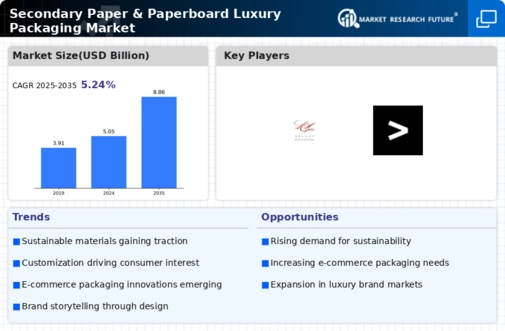
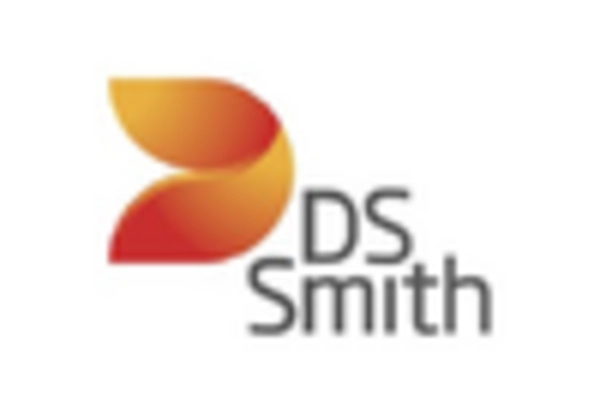

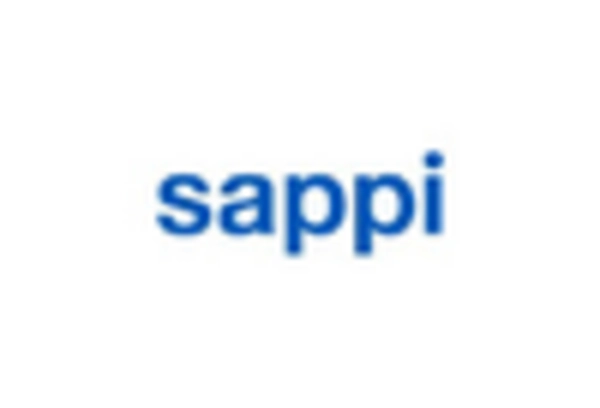

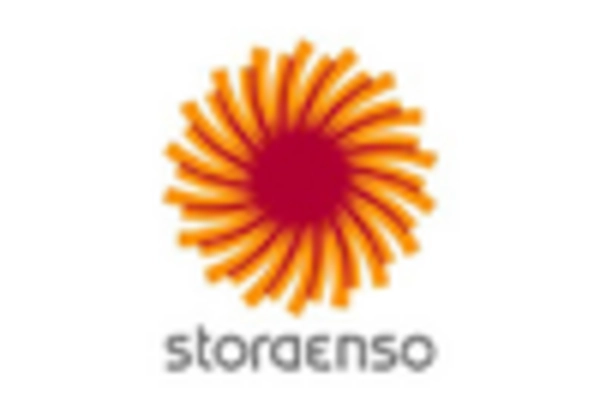
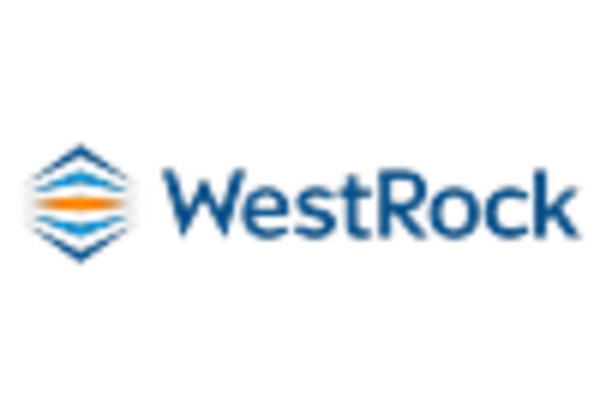









Leave a Comment